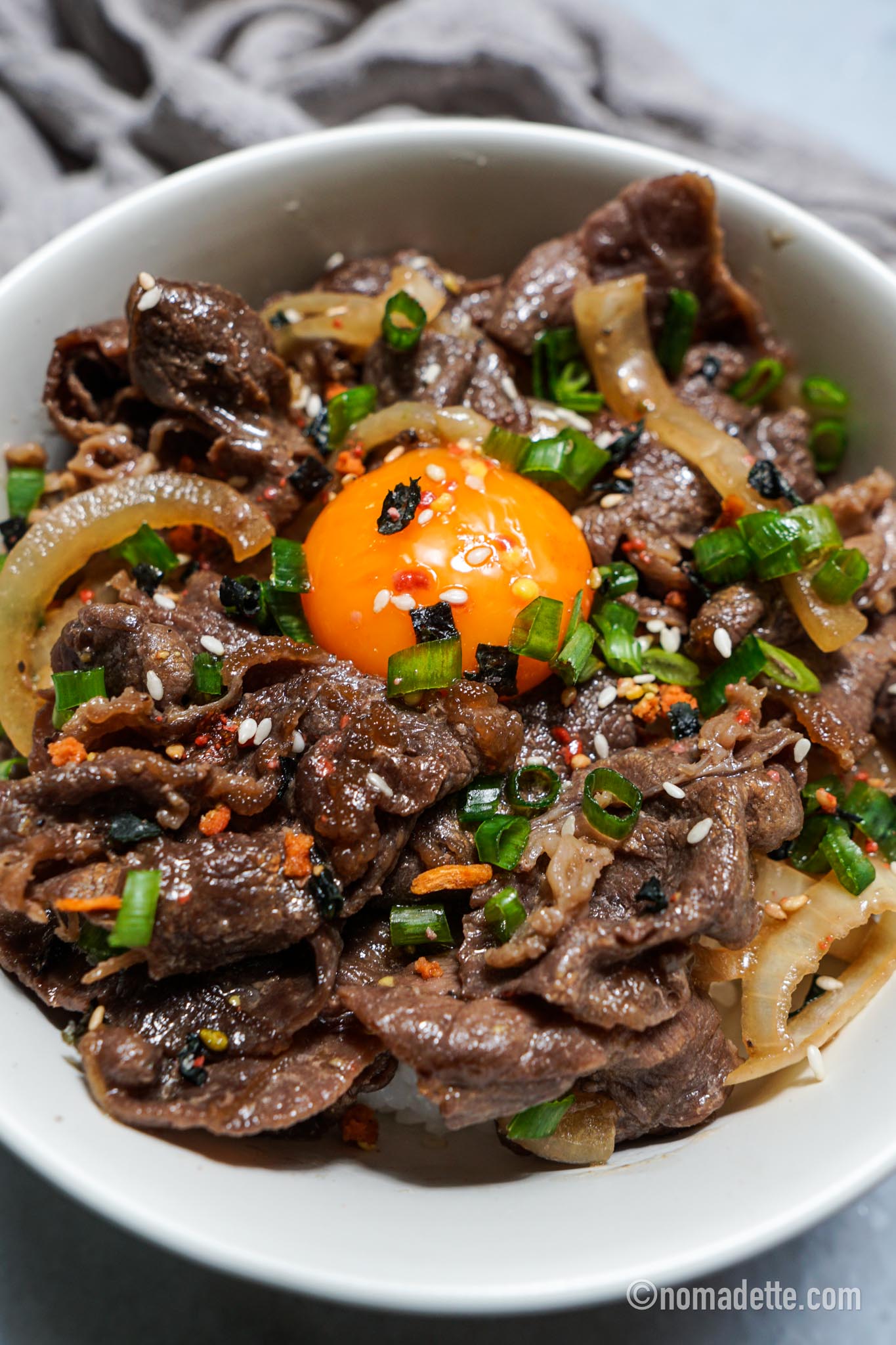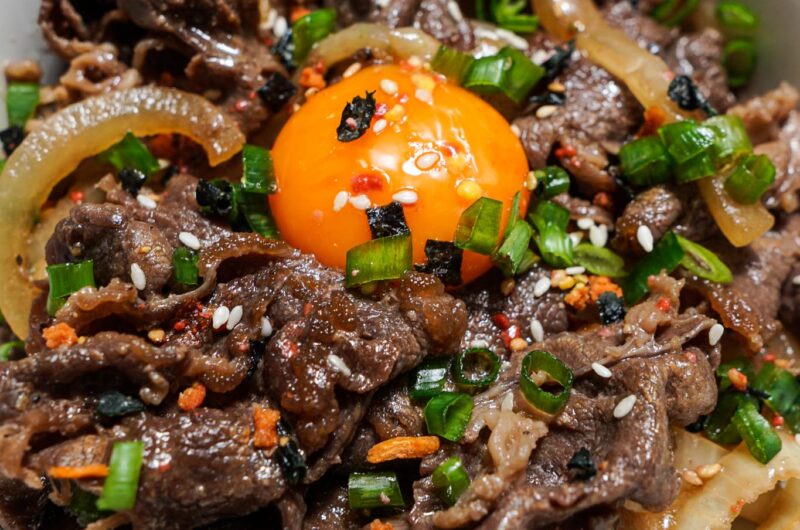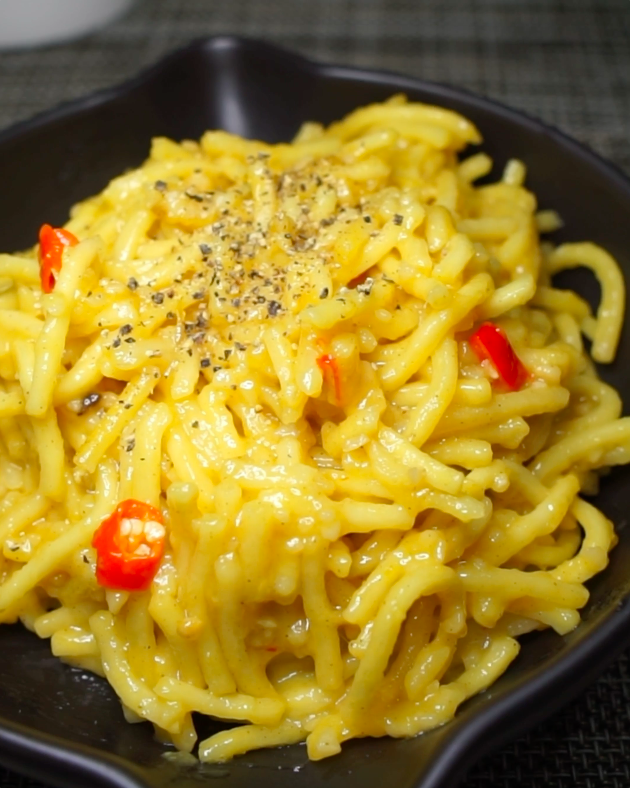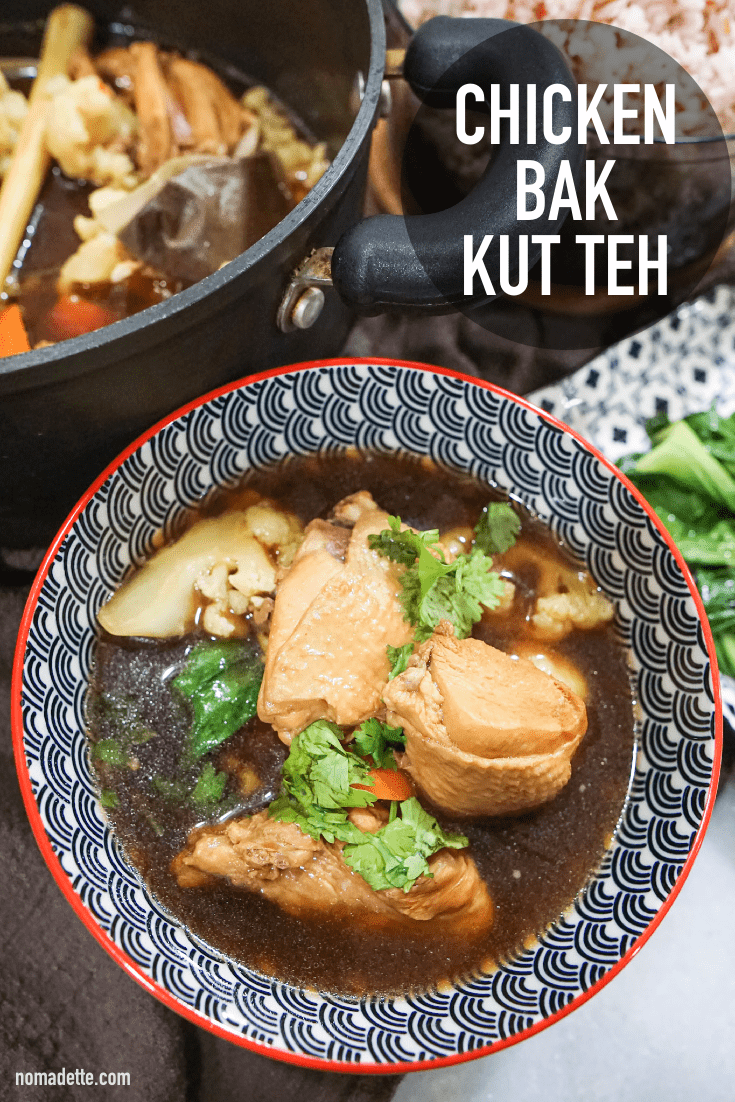This easy Beef Gyudon with Raw Yolk is about to become your new go-to comfort food.

Beef Gyudon is a well-loved Japanese dish that needs no introduction! This flavourful and comforting dish consists of thinly sliced beef and onions simmered in a sweet and savoury sauce, and served on top of a bed of steaming hot rice. What sets this recipe apart from other rice bowl dishes is the raw egg yolk that is added on top, creating a rich and creamy texture that perfectly complements the beef and rice.
Why you will LOVE this recipe
- Incredibly EASY!
- Minimal Ingredients
- Creamy and Decadent: Combining raw egg yolk with sliced beef stir fry creates a rich and velvety sauce for extra indulgence!
The Ingredients You Need for Beef Gyudon with Raw Yolk
To make beef gyudon with raw egg yolk, you’ll need the following ingredients:
- Thinly sliced beef (preferably sirloin or ribeye): I use shabu shabu beef, which are readily sliced beef and often sold frozen and more affordable!
- Onions
- Soy sauce
- Dark Soy Sauce (optional): This adds a slightly darker, attractive colour to the dish.
- Sugar
- Mirin (optional): This is optional, and you can interchange this with sugar. Japanese dishes always have a hint of sweetness to it, but I’ll be honest – I usually omit sugar and mirin! My not-sweet-tooth appreciates it.
- Dashi stock (Japanese soup stock) or Water: Dashi stock will add a deeper flavour to the dish. You can also use any other stock you have on hand, such as chicken stock or vegetable stock. If using store-bought, salted stock, make sure to adjust the seasonings so you don’t end up with a salty dish. No stock on hand? Just use water! I’ve used water and happy with the resulting dish too!
- Cooked Japanese rice
- Raw egg yolks
- Garnishes such as chopped spring onions, furikake, chilli flakes and pickled ginger
How to Make Beef Gyudon with Raw Yolk
1. Marinade the Beef Slices
Marinate the beef slices with light soy sauce, dark soy sauce (if using), mirin, and sugar in a shallow dish for at least 15 minutes. It might look like too much marinade, but it’s not! We need the extra liquid to season the sauce later. For best results, marinate overnight in the fridge.

2. Cook the Onions and Beef
In a large pan, heat some oil over medium-high heat. Add the sliced onion and sauté until softened and slightly browned, about 5-7 minutes. Add the marinated beef next and all the leftover marinade to the pan with the onions. Stir-fry for 2-3 minutes until the beef is cooked through and no longer pink.

3. Create the Sauce
Pour the dashi stock or water into the pan with the beef and onions. Stir to combine, using a spatula to scrape any yummy charred bits on the pan. Let the sauce simmer for 1-2 minutes until it thickens slightly. Turn off the heat.

4. Put everything together
In a bowl, add the cooked rice. Top with the beef and onion mixture, making sure to include some of the sauce. Place the raw egg yolk in the center of the bowl. Garnish the beef gyudon rice bowl with chopped spring onions, sesame seeds, furikake, and chili flakes as desired.

5. Serve Immediately!
Serve the beef gyudon rice bowl immediately, allowing the raw egg yolk to mix with the hot rice and beef, creating a creamy sauce. Stir everything together before eating.
The Key to Perfectly Cooked Beef for Gyudon
One of the keys to making delicious beef gyudon is to use thinly sliced beef that cooks quickly and evenly. These thinly sliced beef can also be labelled as shabu-shabu beef. You can purchase pre-sliced beef at the supermarkets – which is my go-to – or you can slice it yourself at home. If you choose to slice it yourself, make sure to slice it as thinly as possible against the grain to ensure tender beef.
Traditional Gyudon cooks the beef in the dashi stock, but I much prefer pan frying the beef in pan first before adding the dashi stock. I like having a bit of char on the beef, and I find it produces less of that fatty scum in the sauce.
Beef takes super quick to cook, so to start with, heat a large skillet or wok over high heat until it’s hot. Add oil to the pan and swirl to coat. Then, add the sliced beef to the pan and stir-fry for 1-2 minutes, or just until the beef is browned and no longer pink. Be careful not to overcook the beef, as it can become tough and chewy.
What Egg to Use for Gyudon with Raw Yolk?
I highly recommend using pasteurised eggs for this. Pasteurised eggs go through a heating process that kills off any bacteria that might potentially lurk within the eggs.
In general, if your eggs, pasteurised or not, come from a good, quality farm it should not have Salmonella.
Crack the egg right before adding it to your noodles, to minimise bacterial contamination.
If you’ve kept your eggs in the fridge, make sure you leave it out to warm to room temperature before using.
Tips for Making the Perfect Beef Gyudon with Raw Yolk

If you want to make the perfect beef gyudon with raw egg yolk, here are a few tips to keep in mind:
- Use high-quality beef: The quality of the beef can make a big difference in the flavor and texture of the gyudon. Look for high-quality, well-marbled beef, such as sirloin or ribeye.
- Slice the beef thinly: Thinly sliced beef will cook quickly and evenly, ensuring that it stays tender and flavorful.
- Don’t overcook the beef: Be careful not to overcook the beef, as it can become tough and chewy. Stir-fry it quickly until it’s browned on the outside and no longer pink on the inside.
- Use pasteurised, fresh, high-quality eggs: When using raw egg yolks, make sure to use fresh, high-quality eggs from a trusted source.
- Add the raw egg yolk just before serving: To ensure that the egg yolk stays fresh and creamy, crack eggs right before serving, and top rice with the yolk.
Beef Gyudon Variations
Gyudon is so versatile! Try any of these other variations:
- Chicken gyudon: Substitute sliced chicken breast for the beef to create a lighter version of the dish. I highly recommend marinating the chicken overnight for an even tastier dish.
- Vegetable gyudon: Use a mix of vegetables, such as mushrooms, carrots, and broccoli, instead of beef for a vegetarian/vegan version of the dish. Hardier vegetables would work best for this.
- Spicy gyudon: Add chili flakes or chili oil to the sauce to give the dish a spicy kick.
- Cheese gyudon: Top the gyudon with cheese before adding the raw egg yolk for next-level creaminess!








